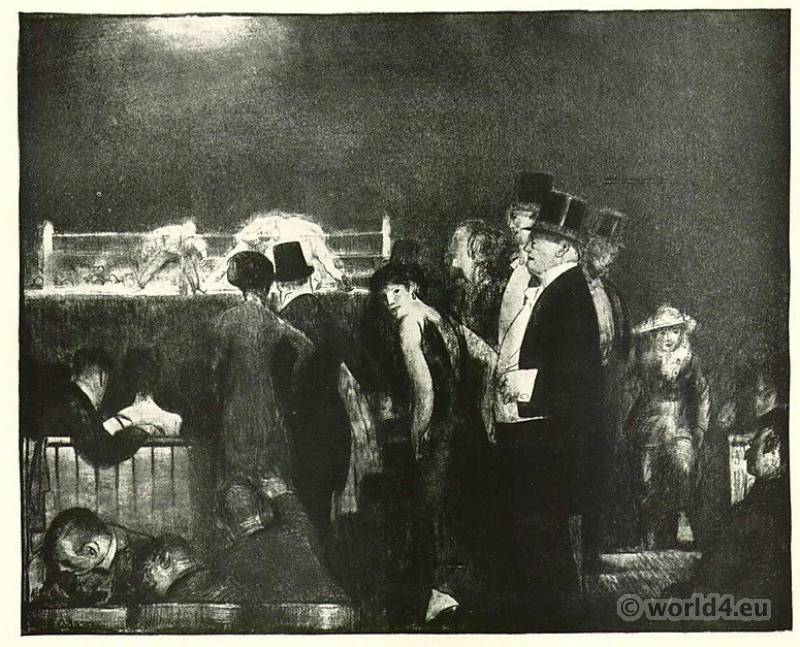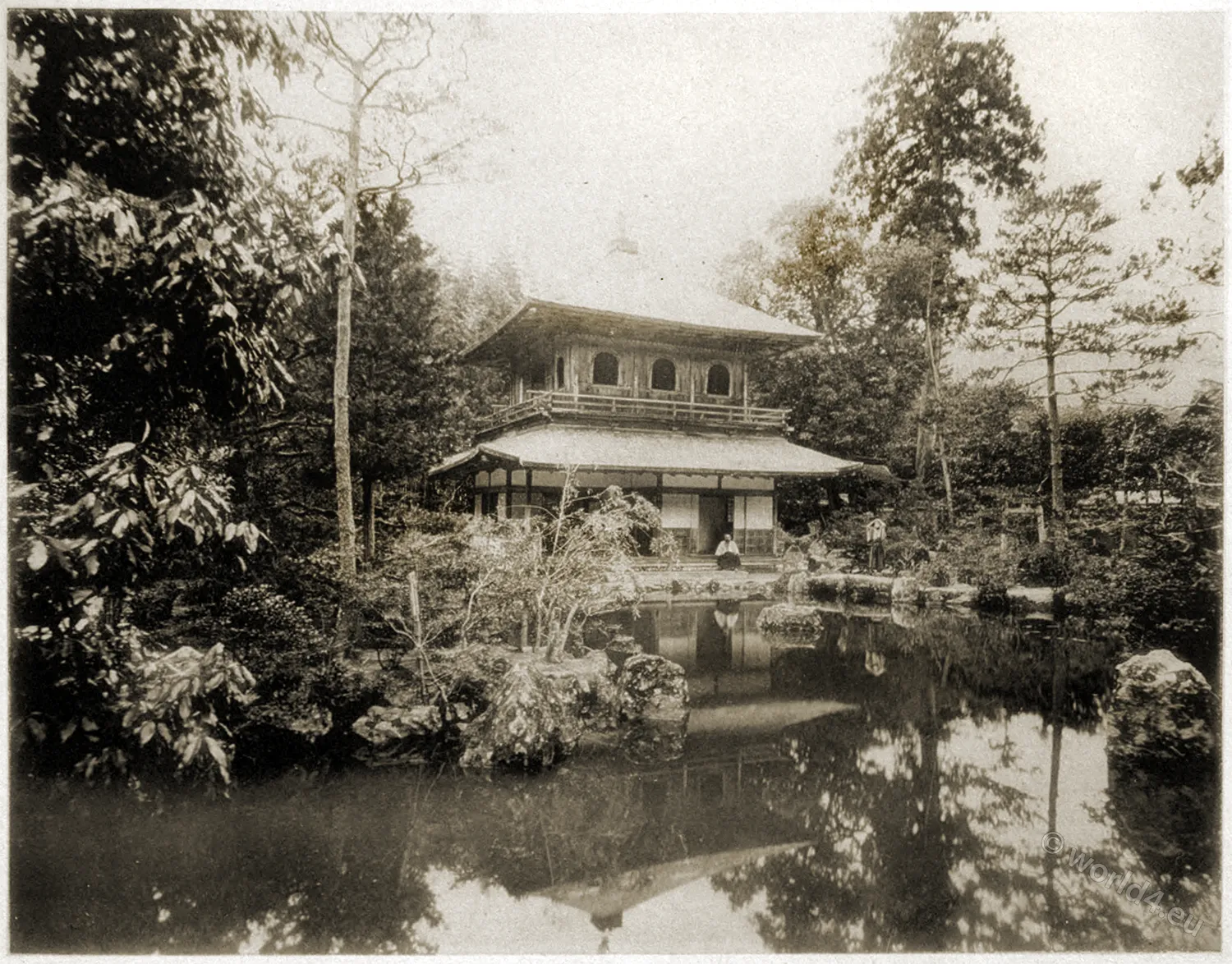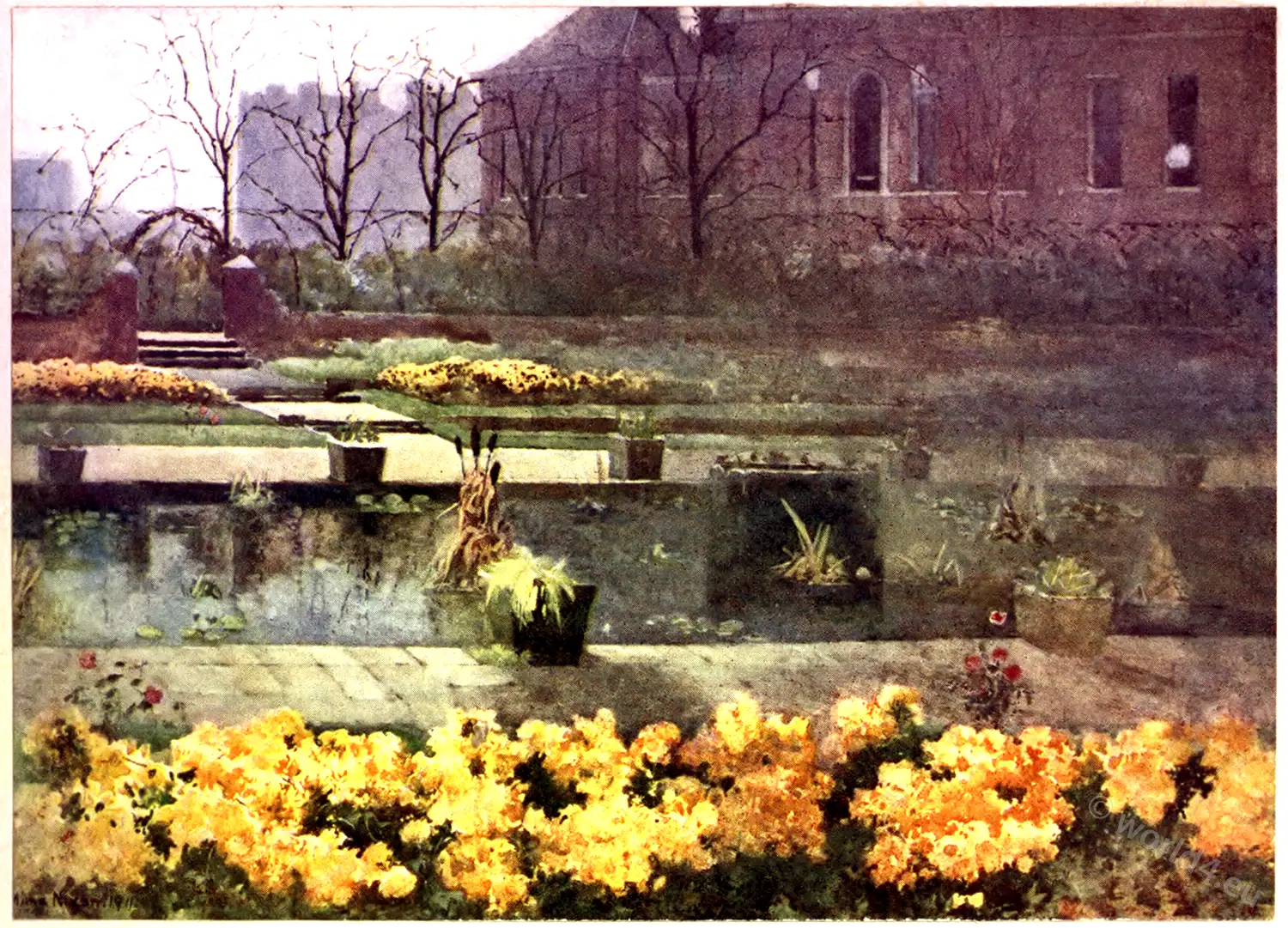SPRING-GARDEN ESTATE, ST. GEORGE’S.
(Now divided between St. Mary and Portland)
Spring Garden Estate, frequently called Great Spring Garden, is one of the properties of John Rock Grosett, Esq., M.P., to whom it has descended from his great grandfather, the original settler. The law of entail in Jamaica is much the same as in England: but in the former country entails are barred by deeds of lease and release, and not by fine or recovery.
This plantation is contiguous to the sea-shore, and adjoins the left bank of the Spanish river. The mansion-house, or, according to local phraseology, the great house, is placed on a rising ground, and judiciously overlooks the works, which are extensive, and in the most complete repair; the mill is turned by a well-supplied water-wheel, and the boiling-house contains a double and single set of coppers.
The overseer’s house and offices, the hospital, and a building for the negro children, are severally large, and well adapted for their purposes.
Between these and the great house, at the foot of the knoll on which the latter stands, is seen a portion of the negro village, which embraces, however, in its whole circuit an area of nearly thirty acres. Beyond these the eye rests on the blue expanse of Buff Bay, closed in by Palmetto Point towards the sea, and inland by that portion of a range of the Blue Mountains which run north and south, or nearly at right angles with the principal range, which cross the southward side of this parish.
A regularly bred surgeon resides on the estate, who was sent out by the present proprietor, and whose practice is exclusively directed to the property. This plan has been adopted by other proprietors, and would doubtless be more general, if the planters were not prevented from extending their improvements by the distressing circumstances of the times, and the continual low sale of their produce.
This estate contains nearly three thousand acres of land, of which five hundred and eighty are in cane cultivation of plants and ratoons. On it are six hundred negroes; many of them settled on it from father to son, and who regard their houses and provision grounds (of which they have between three and four hundred acres) as an inheritance, the possession of which they enjoy with uninterrupted security.
With their surplus produce, and their pigs and poultry, they supply even to the distance of Anotto Bay, and from this traffic derive a very considerable profit. A good private wharf, with a large store (as seen in the view), is an useful acquisition to this estate, for the conveniency of shipping its produce; which from thence, as well as from the neighbouring plantations, is generally conveyed in small craft, called droggers, to the ships, which lie for anchorage
Source: A picturesque tour of the island of Jamaica by James Hakewill. London: Hurst and Robinson, 1825. Drawings made 1820 and 1821.







